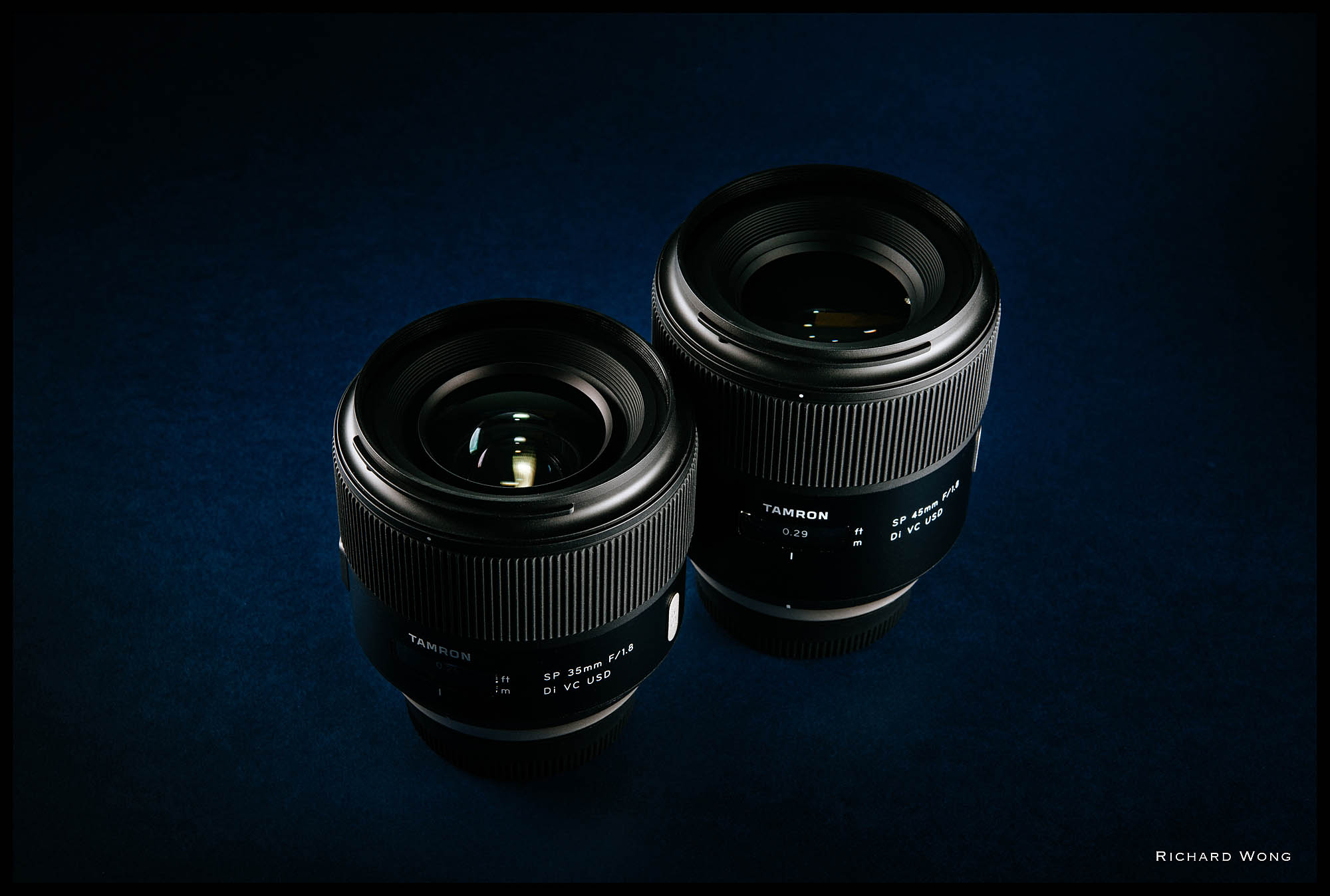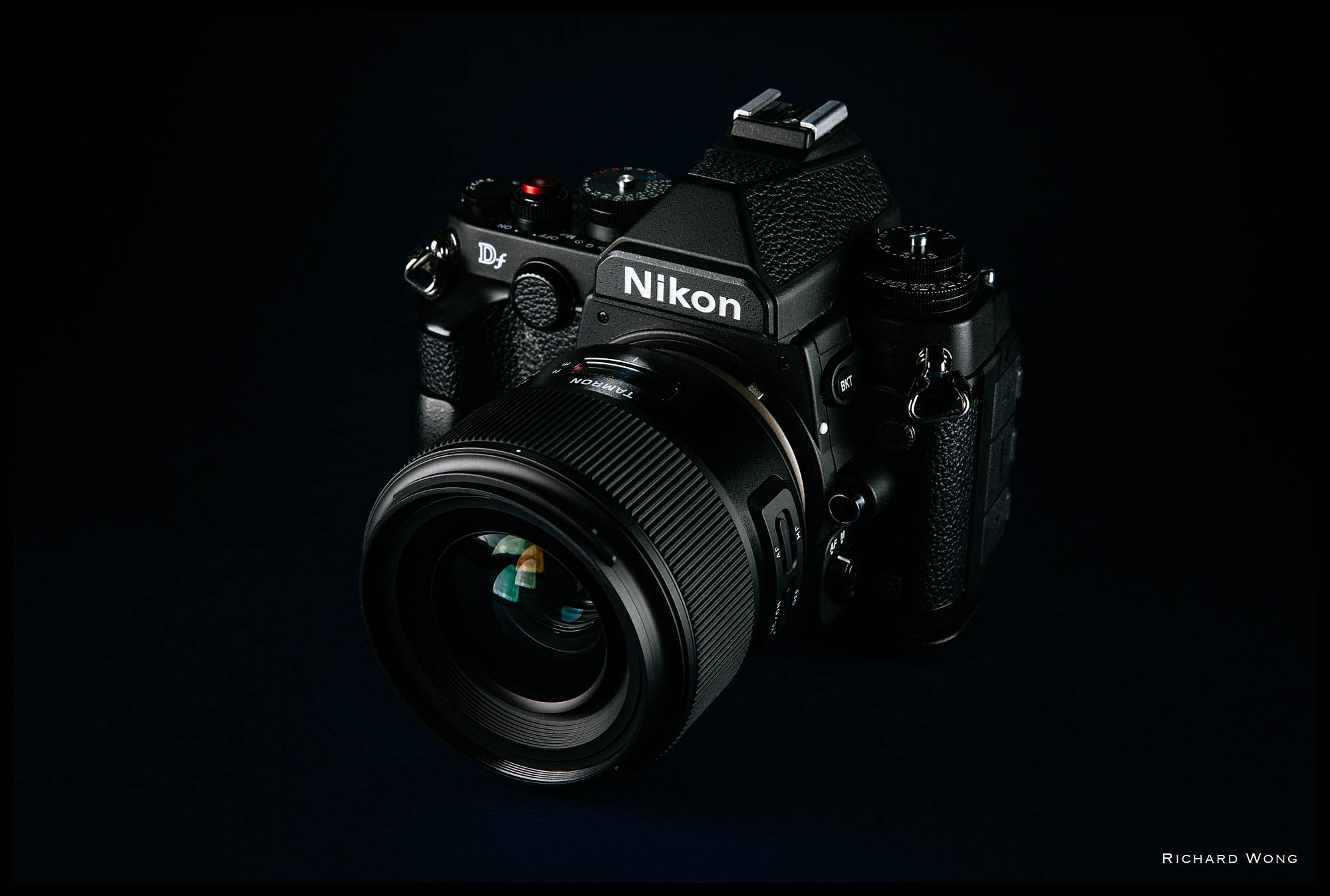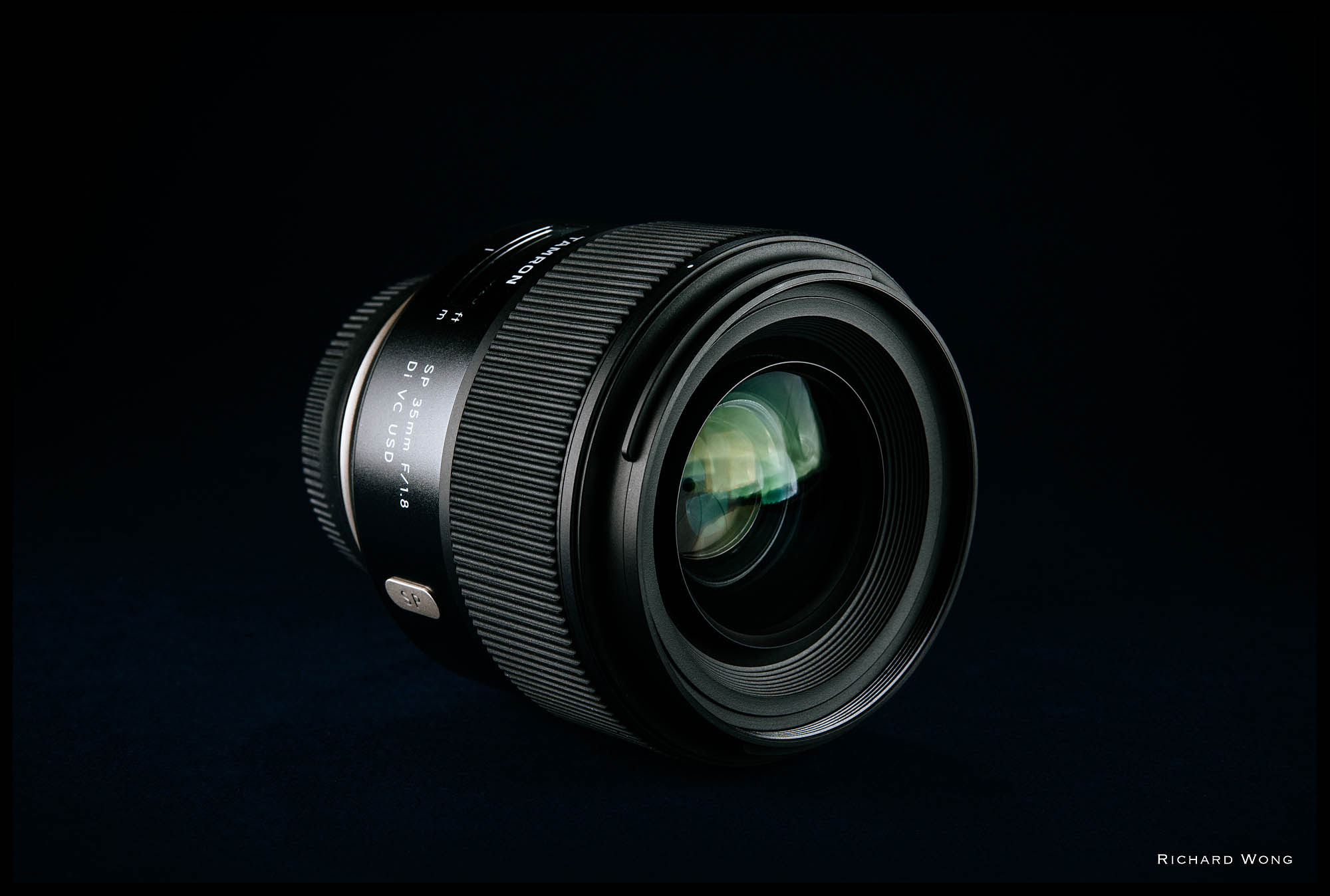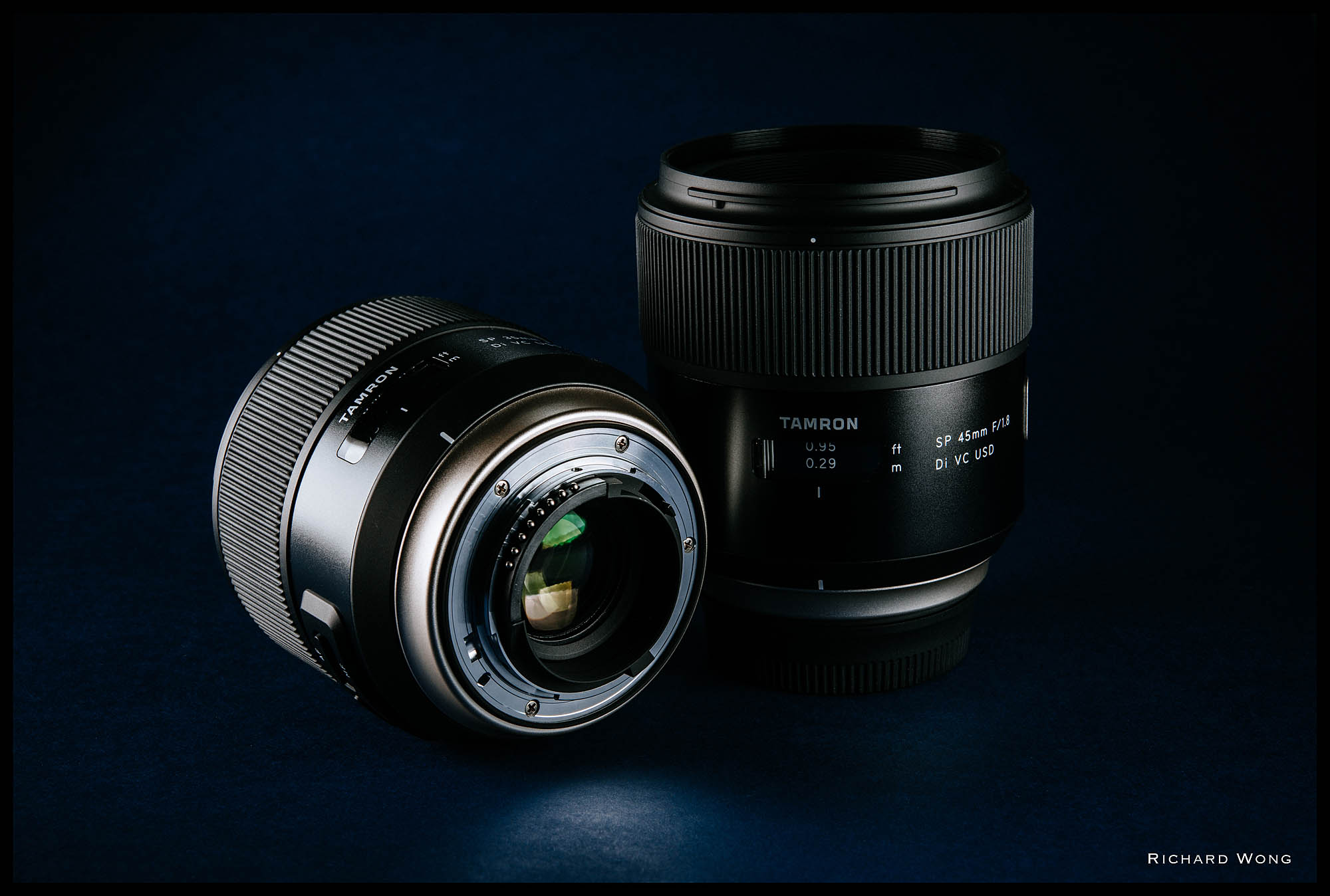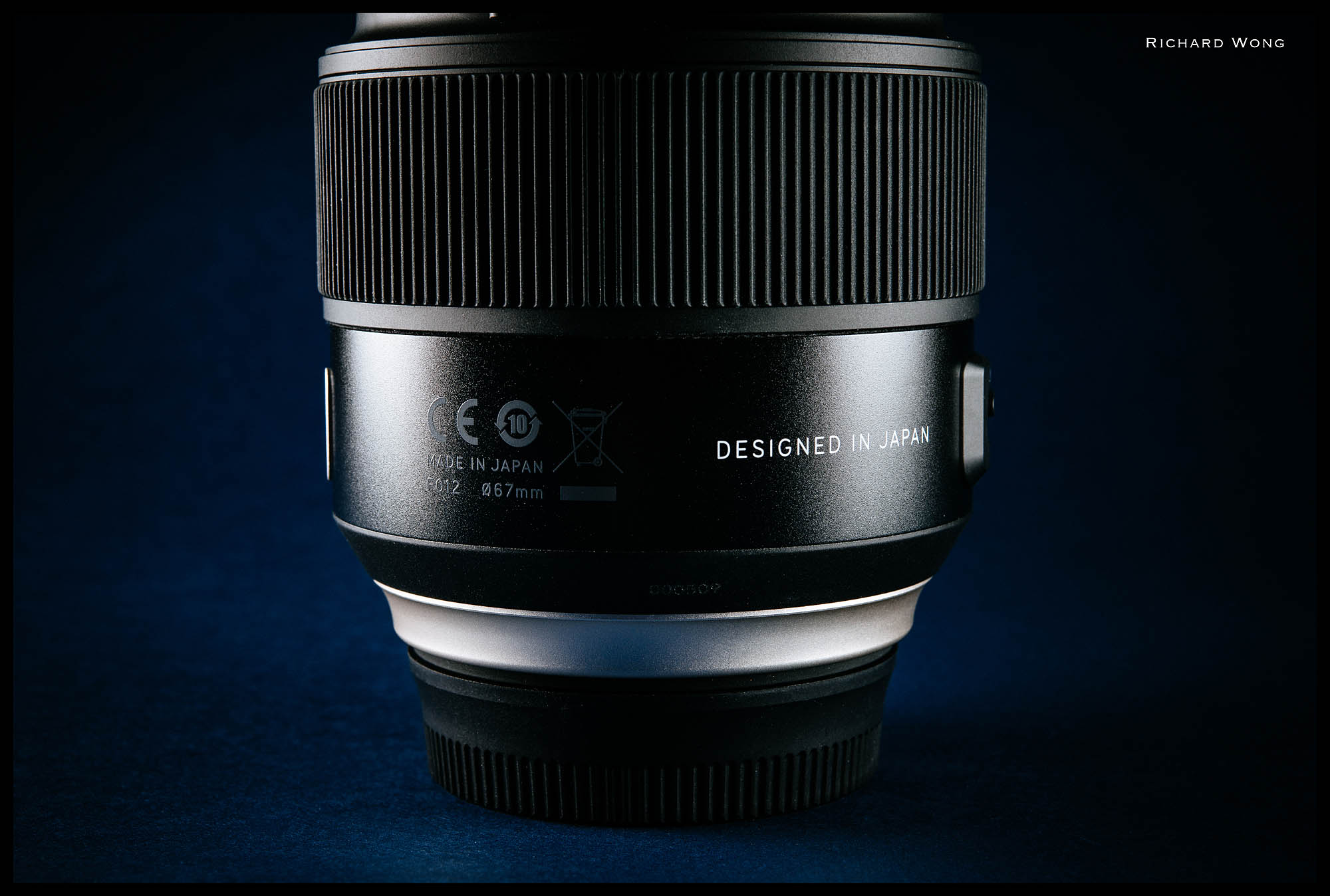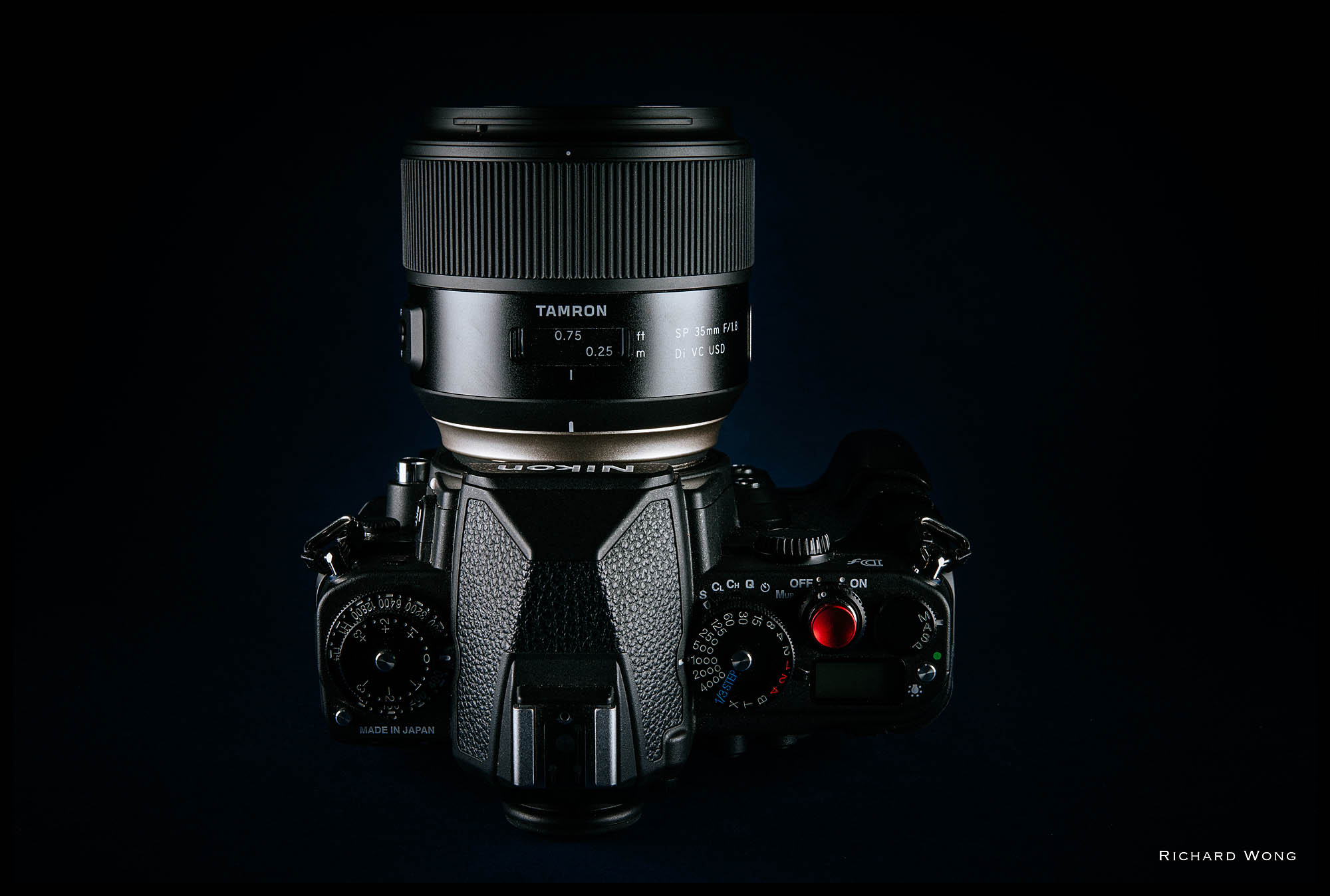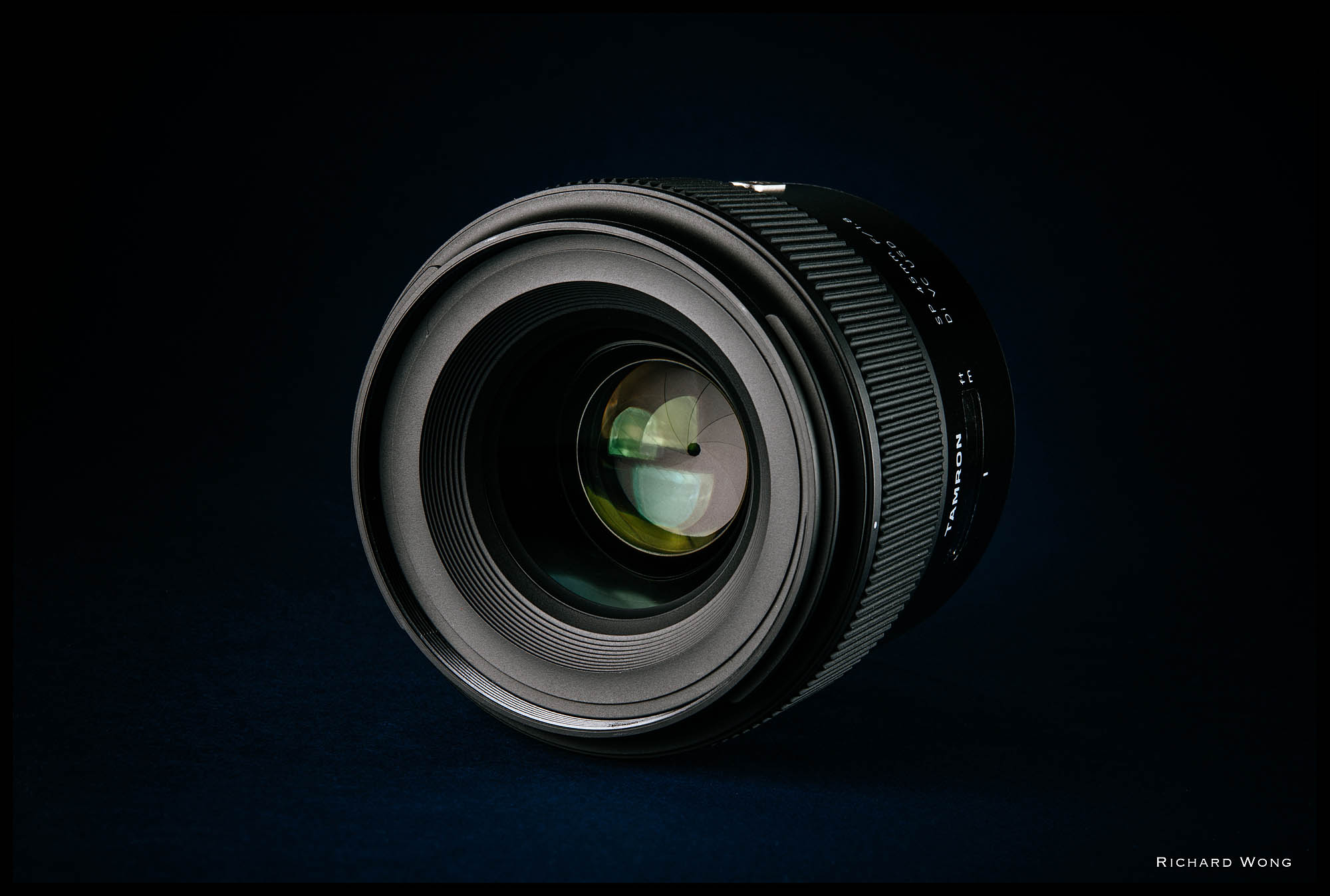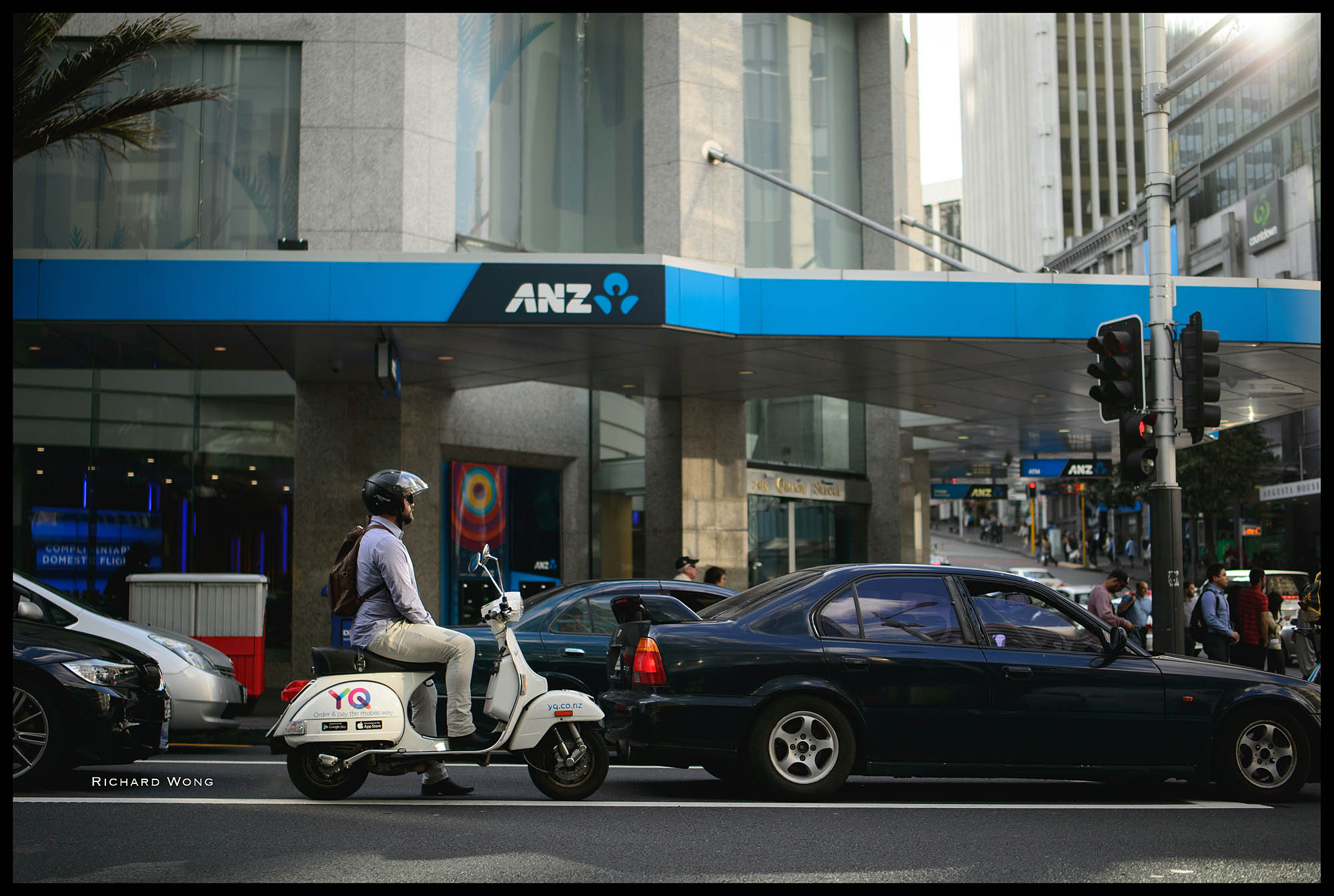If you look at the Tamron DSLR lens lineup, you would notice that apart from the few macro lenses, it’s pretty much all zoom lenses in their catalog. But Tamron has just released two new prime lenses as their revamped SP product line, the 35mm f/1.8 Di VC USD and SP 45mm Di f/1.8 VC USD. Quite interestingly, Tamron picked two very similar focal length that are only 10mm apart and they have very similar feature set.
Maybe the official product photos gave me the wrong impression, I was expecting both lenses to be quite small, I was thinking something like the little Nikon AFS 50mm f/1.8G. Turns out both lenses are quite a bit bigger than that. And with the 450g (35 f/1.8) /520g (45mm f/1.8) weight, they aren’t heavyweight but also not exactly featherweight class as well.
Tamron gave the lenses a totally brand new body design. Theses new SP lenses have much better build quality compare to the older Tamron lenses and they feel a lot more solid and premium. I really like the new signature silver painted ring near the lens mount. It looks very cool and give the lens a distinctive look. But I feel like if the silver ring is made of polished metal then the lens would look even more special.
Both lenses comes with reversible petal lens hood, but no lens pouch. Personally I don’t care much about the lens pouch as I almost never use them, so it’s good to see at least the lens hood is included.
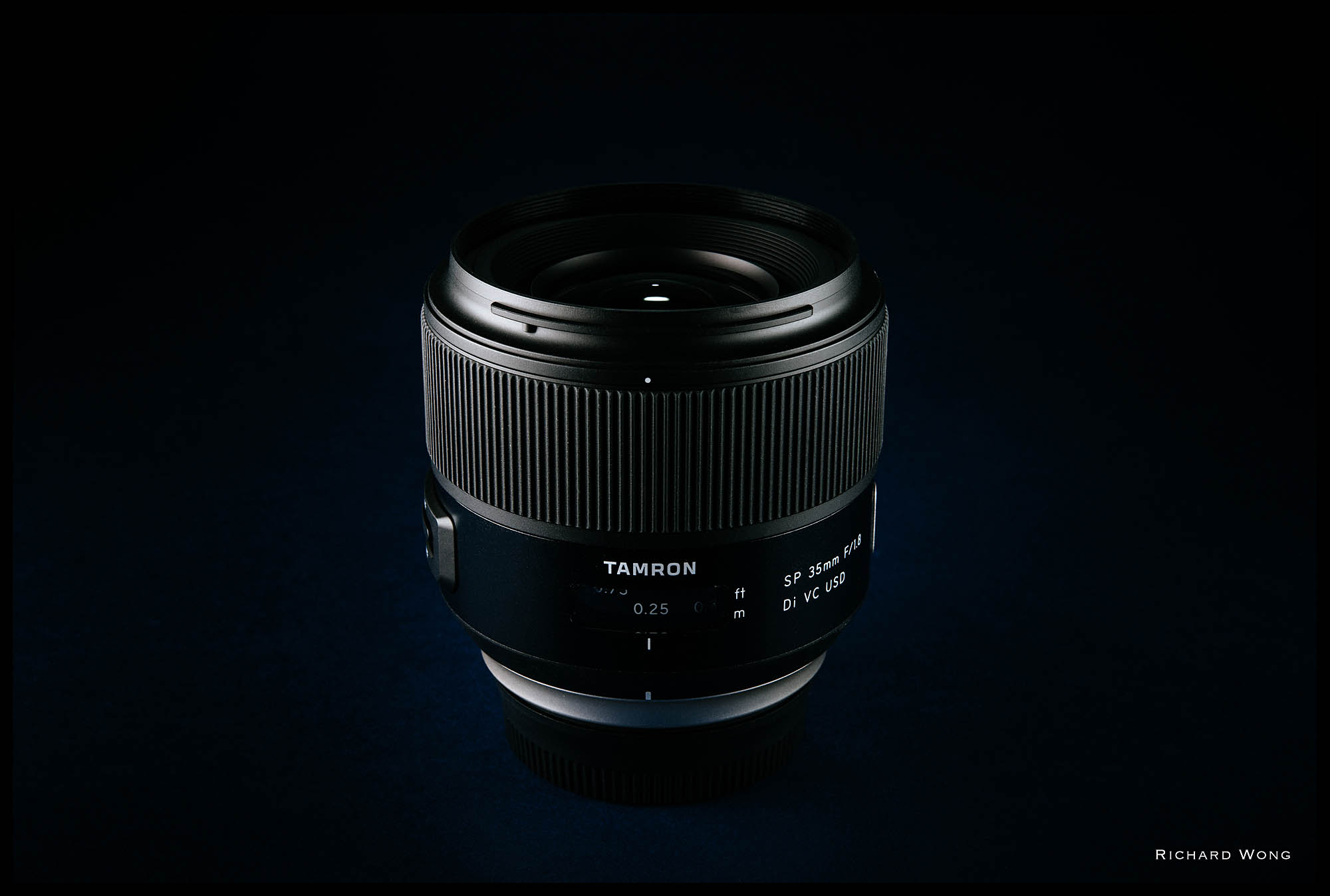 Tamron SP 35mm f/1.8 Di VC USD
Tamron SP 35mm f/1.8 Di VC USD
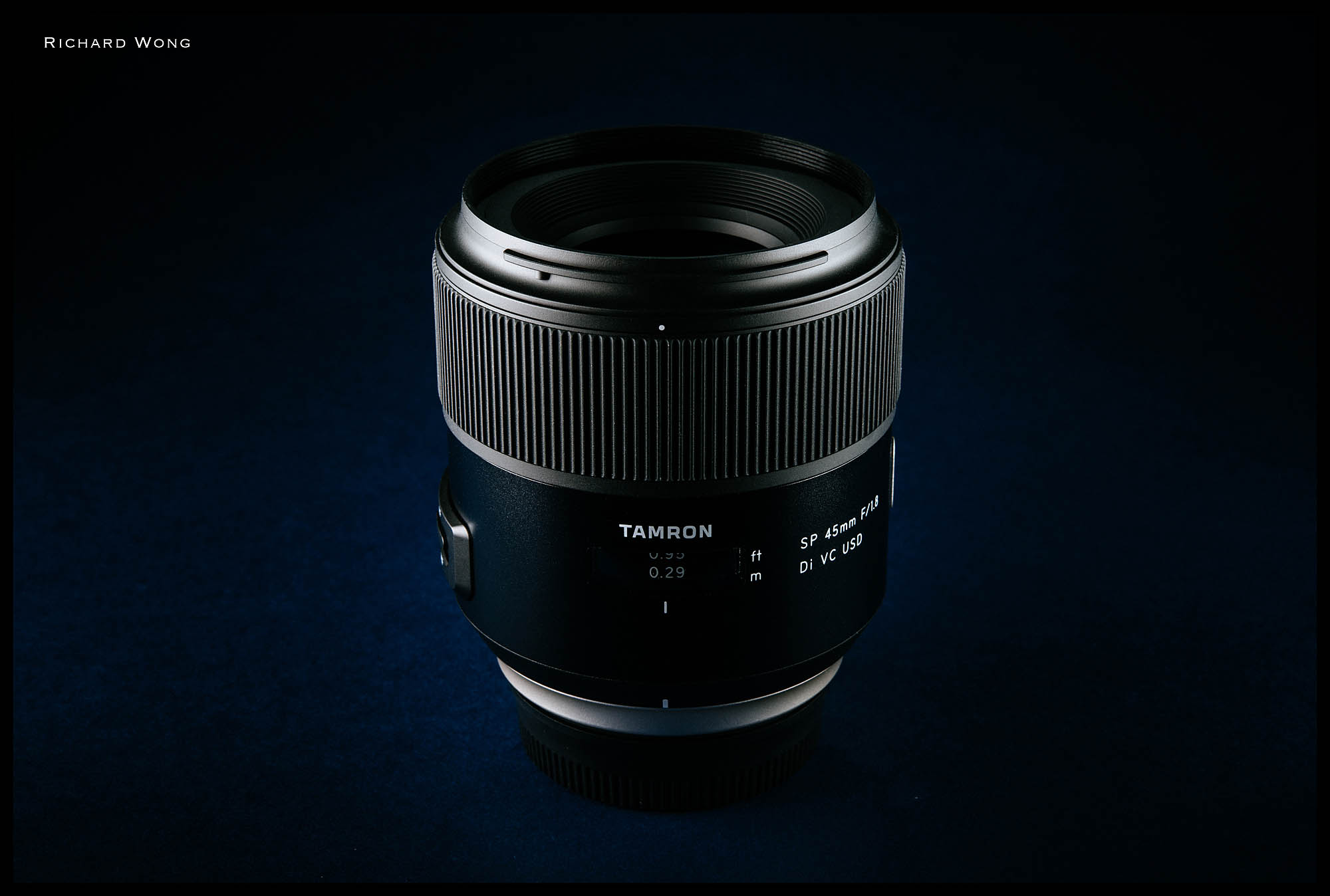 Tamron SP 45mm f/1.8 Di VC USD
Tamron SP 45mm f/1.8 Di VC USD
There are two switches on the lens, one is for switching between autofocus and manual focus mode and the other one is for turning on/off the optical image stabiliser. Both switches are larger than the typical one on other lenses. The large switches make it easy to change the settings especially for people with bigger hands and fingers.
In terms of autofocus accuracy, I didn’t notice any focus shift at all, both of my sample lenses are very accurate without any micro-adjustment required. The autofocus speed is reasonably fast. The autofocus operation is very quiet you can barely hear the autofocus motor sound. If you want to do a bit of manual focus yourself, the focusing ring is also quite smooth (for an autofocus lens). Overall, the autofocus performance is just as good as the first party lenses.
A very cool thing about these two lenses is that they both have very good close focus distance. The closest focus distance is only 20mm for the SP 35mm f/1.8 VC and 29mm for the SP45mm f/1.8 VC. It means the 35mm lens has a really good maximum magnification ratio of 1:2.5, and the 45mm’s 1:3.4 isn’t too bad neither.
So while they are not true 1:1 macro lens, they should be good enough for most kind of close up photos and make the already pretty versatile 35mm/45mm lens even more versatile. As a wedding photographer myself, I always carry a macro lens to every wedding. But actually I don’t really need to take any real macro shot. What I need is just one or two close up photo of the wedding ring or something like that. So something like the SP 35mm (or the 45) f/1.8 VC would be perfect as it means one less lens I need to carry.
 Nikon Df + Tamron SP 35mm f/1.8 VC – ISO 1800 f/2.5 1/80s
Nikon Df + Tamron SP 35mm f/1.8 VC – ISO 1800 f/2.5 1/80s
The little lego Stormtropper can fill most of the frame
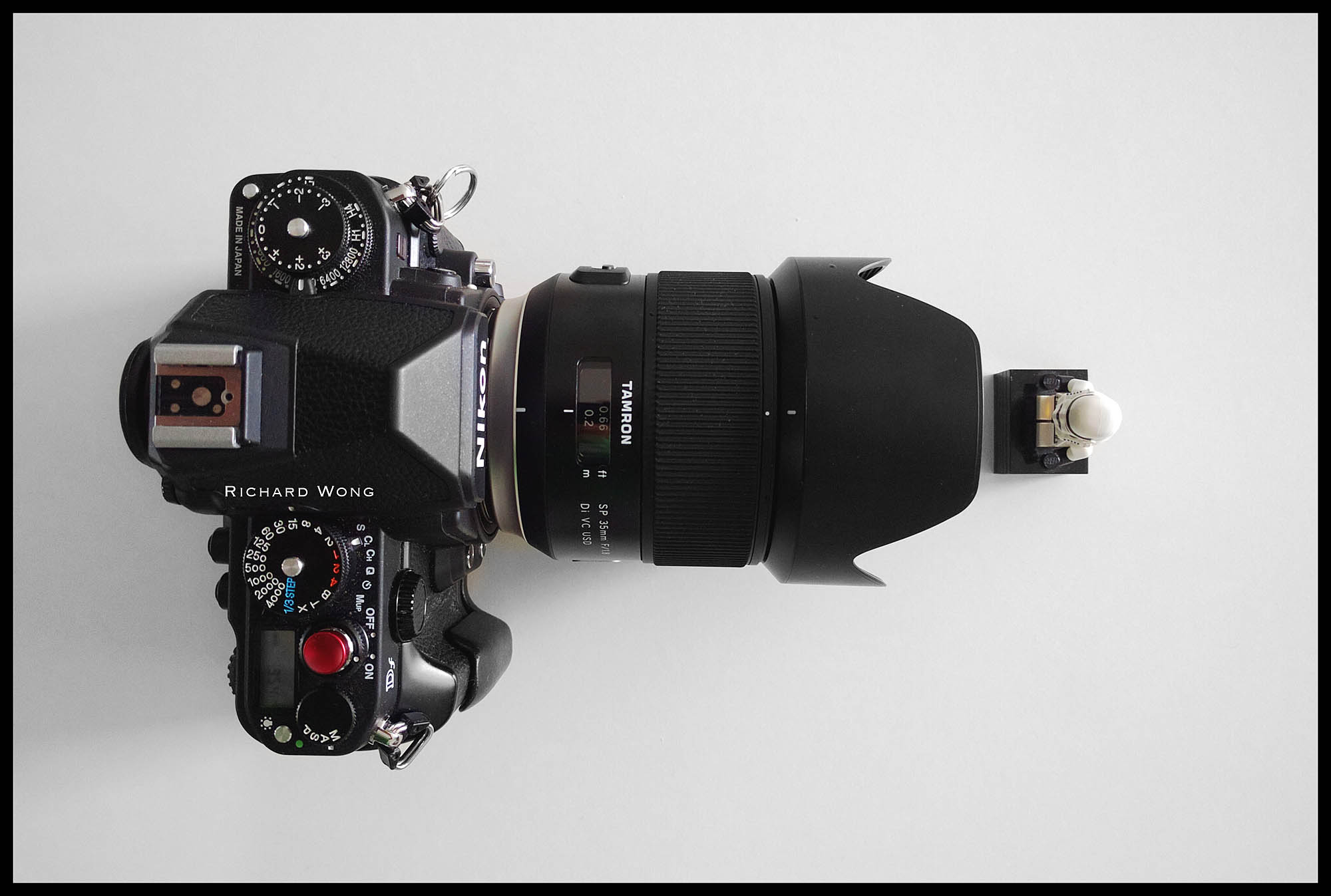 Both lenses can focus pretty damn close
Both lenses can focus pretty damn close
If sharpness is important to you, you should be happy as both lenses are really quite sharp! How sharp? At f/1.8, the SP 35mm f/1.8 VC’s center sharpness is slightly sharper than the Nikon AFS 35mm f/1.4G at f/1.8. The Tamron’s corners aren’t as sharp as the Nikon but honestly I think Tamron’s corner performance is not too bad either. This is quite a big achievement consider the Nikon is already a pretty sharp lens, not to mention a lot more expensive than the Tamron and it has the advantage of being stop down slightly as I was comparing the f/1.8 sharpness from both lenses. I don’t have any 45mm f/1.4 or f/1.8 lens to do a direct comparison, but I would say the SP45 has very similar sharpness as the SP35. Maximum sharpness for these two lenses are around f/5.6 – f/8.
 Centre and corner crop enlarged to 200%
Centre and corner crop enlarged to 200%
There are some minor but noticeable colour fringing (chromatic aberration) at maximum aperture. And for the 35mm lens, the amount of chromatic aberration seems to increases slightly if I stop down to around f/2. It improves from f/2.8 onwards and becomes barely noticeable from around f/4.
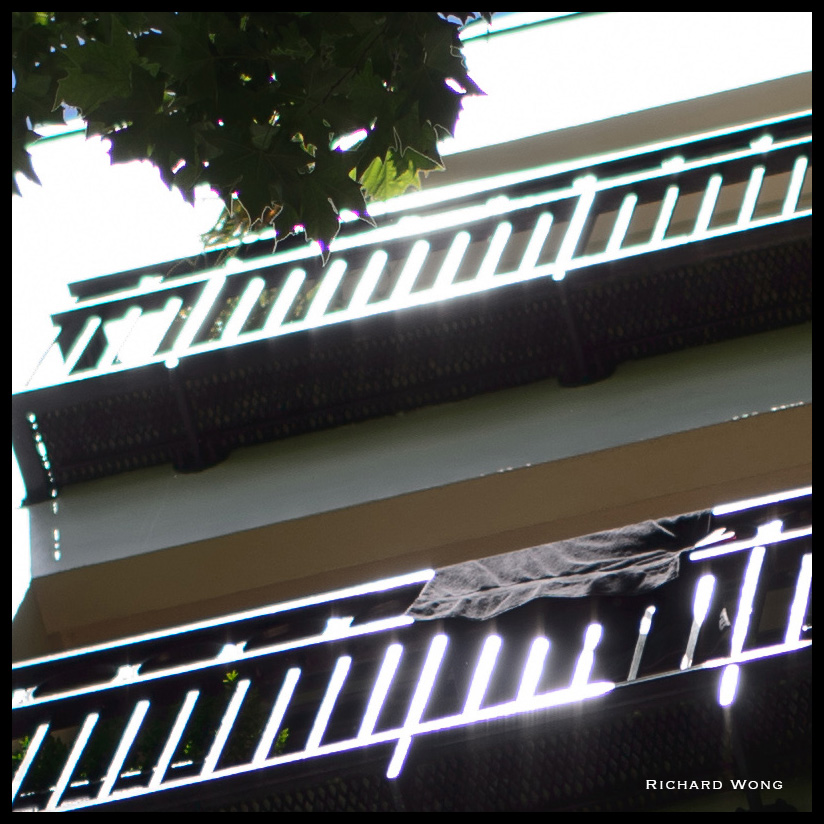 Nikon Df + Tamron SP 45mm f/1.8 VC – ISO 1o0 f/1.8 1/4000s
Nikon Df + Tamron SP 45mm f/1.8 VC – ISO 1o0 f/1.8 1/4000s
100% crop showing the purple and green fringing
Both the 35 and 45mm lenses have 9 curved blades, bokeh is quite round even when you stop down a bit but I wouldn’t call it very creamy as there is a little bit of halo around the edges. It’s definitely nowhere as bad as the Mitakon 25mm f/0.95 I reviewed recently. The SP 35mm f/1.8 VC also has onion ring bokeh, a spiral or series of concentric rings in out of focus highlights. Below is an example of the onion ring bokeh from the 35mm lens.
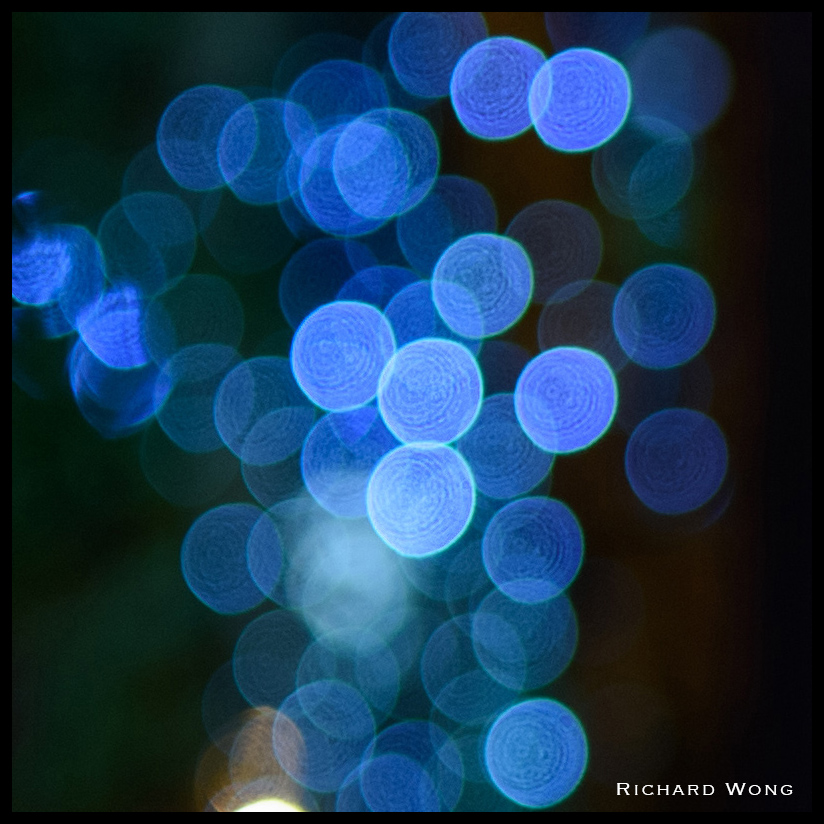 Onion Bokeh from the Tamron SP 35mm f/1.8 VC (100% crop)
Onion Bokeh from the Tamron SP 35mm f/1.8 VC (100% crop)
The onion bokeh is most likely caused by the molded aspheric lens elements inside the lens. Fortunately this is not really visible in most of the photos and mostly appear in night photos where the bokeh is in front of dark background. So while these two lenses are not really crazy bokeh machine, the bokeh shouldn’t upset you either.
With Tamron’s eBAND and BBAR coatings, lens flare seems to be very well controlled and contrast remain reasonably high even when I was shooting under most tricky backlight situation. Only very rarely I can notice some (very minimal) lens flare in my photos.
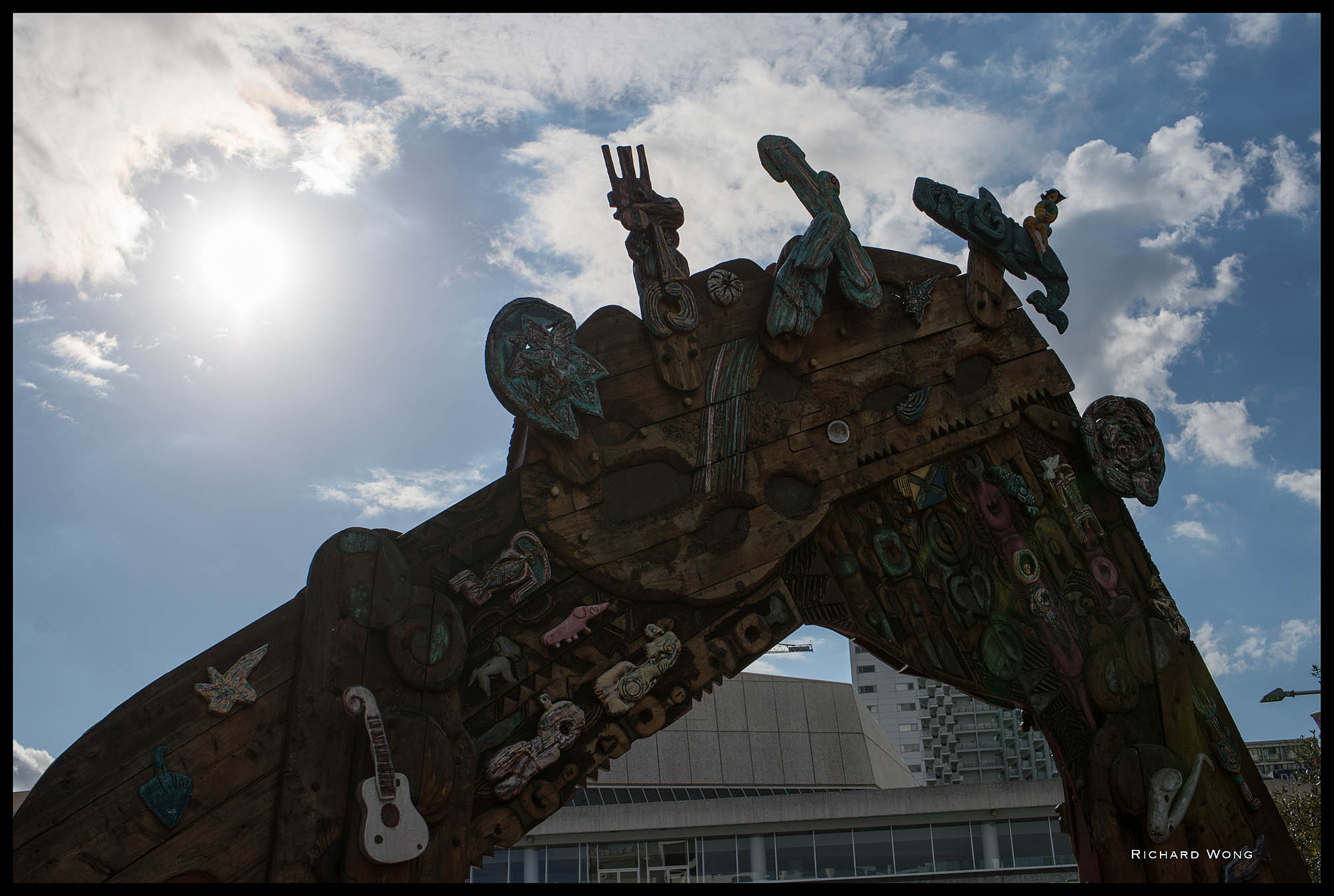 Nikon Df + Tamron SP 45mm f/1.8 VC – ISO 100 f/5.6 1/4000s
Nikon Df + Tamron SP 45mm f/1.8 VC – ISO 100 f/5.6 1/4000s
The bright spot near top left is the sun, as you can see flare resistance is really quite good
One of the biggest selling point of this two lenses is the VC feature, the optical image stabiliser. This is a feature their competitors don’t have.
You might wonder if image stabiliser is really needed for a standard fast prime lens. Yes it’s true that latest full frame sensor combined with f/1.8 aperture means you can just push the ISO to 4 digits or even 5 digits range and shoot under low light. But image stabiliser allows you to either reduce the ISO quite a bit to improve the image quality or shoot at smaller aperture or a combination of two.
Even when shooting under plenty of ambient light, optical image stabiliser means you can shoot at very slow shutter speed to capture some motion blur without having to use a tripod. It opens up the flexibility and give you more freedom to shoot the photo in different ways.
So anyway, to see how effective the optical image stabiliser is I took a few hundred photos at different shutter speed with the VC being turned off and on. The results suggest that the image stabiliser on the SP35/45 f/1.8 VC is around 2-2.5 stop effective, in other words, you can handheld the lens approximately 4-6 times slower when you turn on the VC compare to VC being turned off. It’s not the most effective image stabiliser as some lenses could be up to 4+ stop effective, but the way I see it is, it’s still 2-2.5 stop more effective than all the competitors, which have no image stabiliser at all.
I could hand-held the camera at 1/8s and still get a sharp photo easily, it’s something I can’t do it with my Nikon AF-S 35mm f/1.4G.
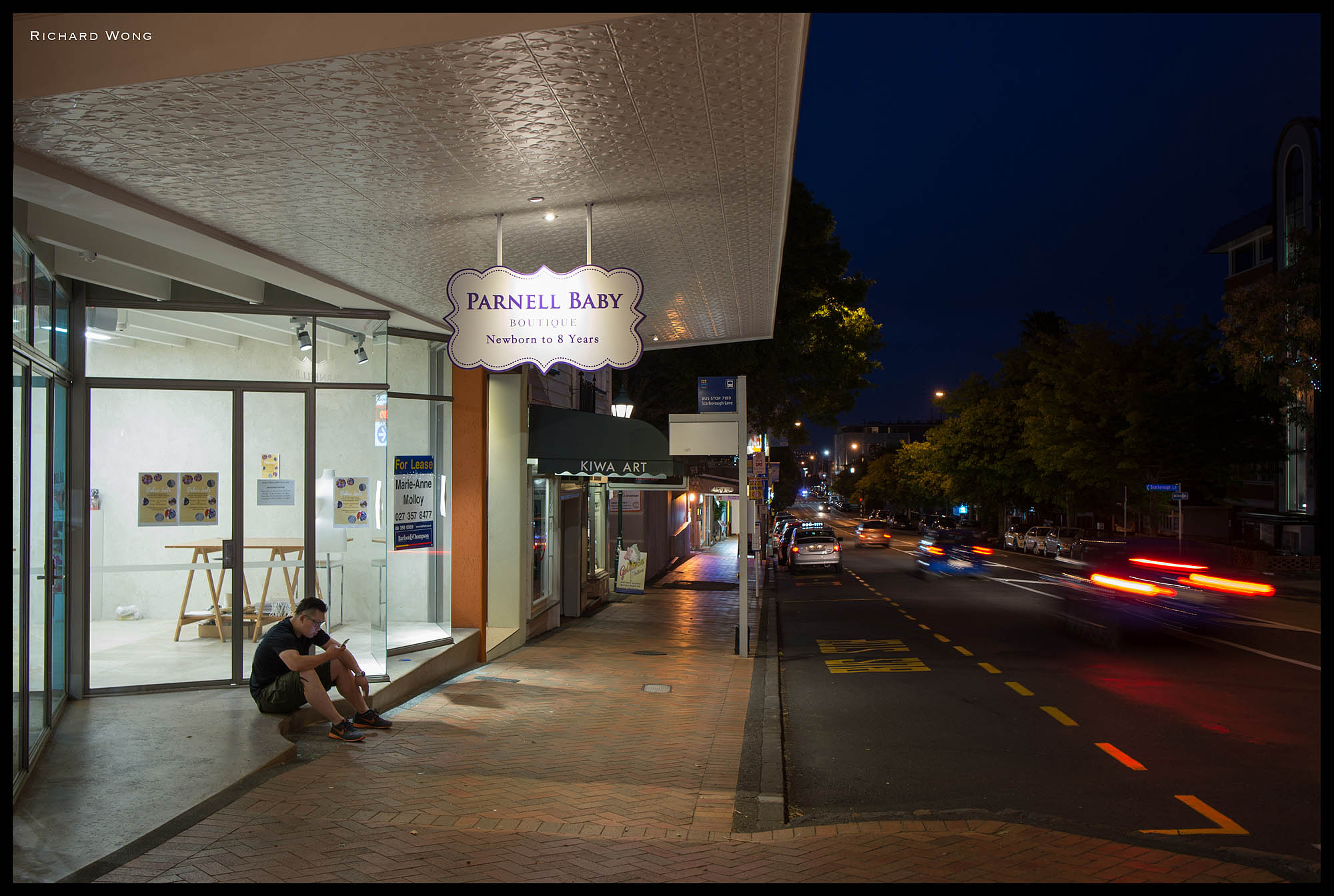 Nikon Df + Tamron SP 35mm f/1.8 VC – ISO 400 f/4 1/4s
Nikon Df + Tamron SP 35mm f/1.8 VC – ISO 400 f/4 1/4s
Handheld at 1/4s
Both lense have a minimum aperture of f/16, which is similar to a few other standard prime lenses. As the optical image stabiliser allows me to take hand-held photo at very slow shutter speed, but right now my photo would overexpose if my shutter speed drops to around 1/10s and shoot at minimum aperture on a sunny day. I could decrease my shutter speed further and still get a sharp photo but my photo would be completely overexposed. So I really wish the minimum aperture could go to f/22 or f/32. Not really a biggie as I could always carry a ND filter, but this is one of the few things I think Tamron can improve and make the lens even more versatile.
When Tamron announced these two prime lenses, I was quite surprised as their focus is almost always on zoom lenses. After playing with them for about two weeks, I’ve to say I’m quite impressed by these two new prime lenses.
Not saying these two lenses are perfect as I think there are a few things it can improve, for example the image stabiliser could be more effective, I wish the size is a bit smaller and the bokeh could be slightly better. But there really isn’t anything particularly bad about these two lenses, and there are so many good things I like about these two lenses. The overall picture quality is very good, I love the new body design and build quality. The close focus ability is good and the optical stabiliser make the lens a lot more versatile than the competitors. It might not be obvious but I think these two prime lenses are actually superb travel lenses as well as I can leave my macro lens and tripod home when I want to travel light.
The biggest question would be, 35mm or 45mm? I’m still puzzled why Tamron released two lenses that is so similar as I thought it would make more sense if they release say a 35 and a 85 instead. But I guess what really matter to us is that there are two very versatile lenses in the market for us prime shooters to choose from.
Reviewer: Richard Wong
Richard is a multi-award winning wedding/portrait photographer based in Auckland, New Zealand. Richard’s website is www.photobyrichard.com and his facebook page is https://www.facebook.com/PhotoByRichard
Richard is also a contributing writer for a few photography magazines.
https://www.facebook.com/ReviewByRichard
Like my review? Follow me on facebook!
All photos and text Copyright© 2015 www.photobyrichard.com. All photos and text may not be copied or reproduced in any format without obtaining written permissions
Sample Photos
 Nikon Df + Tamron SP 35mm f/1.8 VC – ISO 100 f/1.8 1/400s
Nikon Df + Tamron SP 35mm f/1.8 VC – ISO 100 f/1.8 1/400s
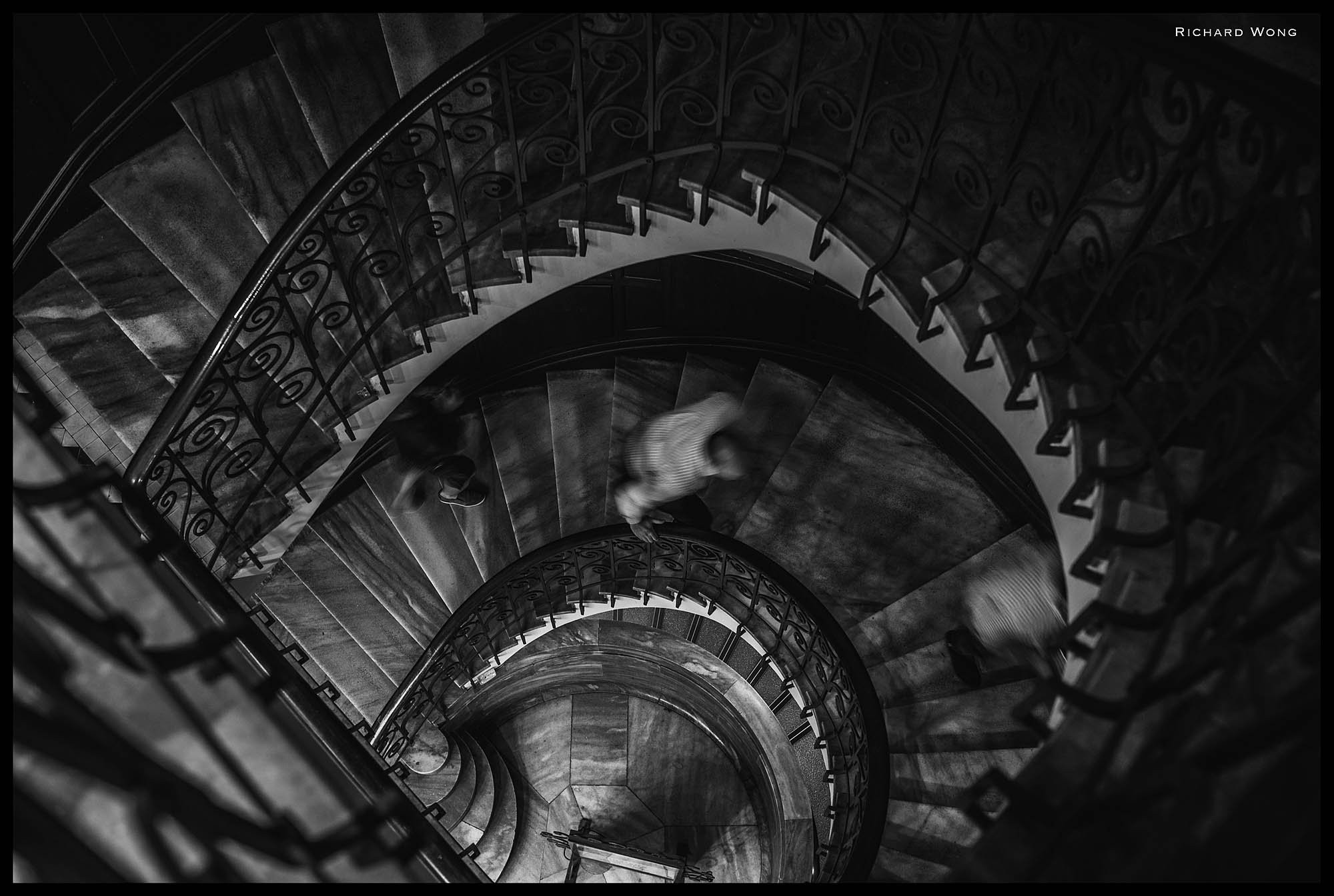 Nikon Df + Tamron SP 35mm f/1.8 VC – ISO 1250 f/3.2 1/8s
Nikon Df + Tamron SP 35mm f/1.8 VC – ISO 1250 f/3.2 1/8s
 Nikon Df + Tamron SP 35mm f/1.8 VC – ISO 100 f/2.8 1/100s
Nikon Df + Tamron SP 35mm f/1.8 VC – ISO 100 f/2.8 1/100s
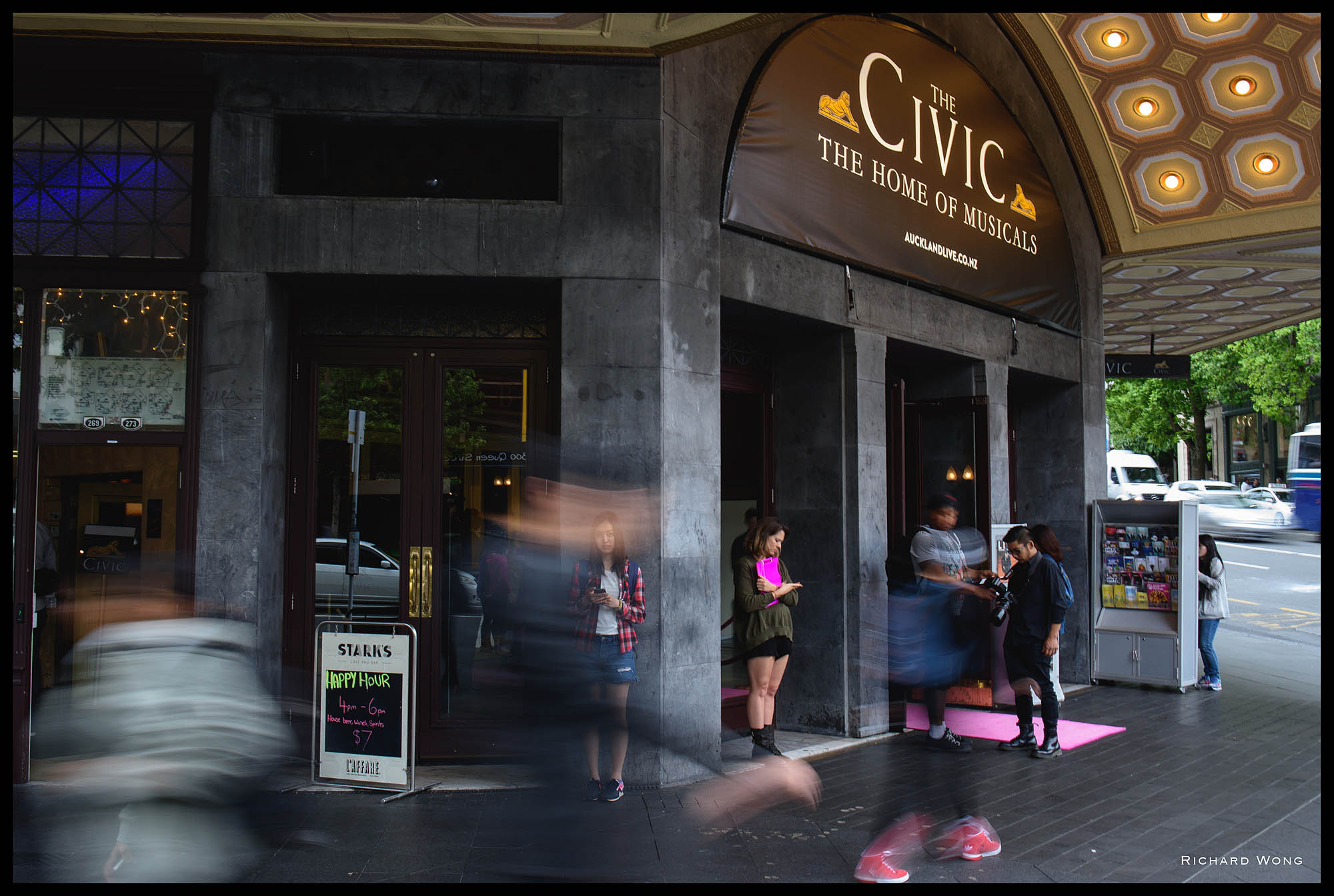 Nikon Df + Tamron SP 35mm f/1.8 VC – ISO 450 f/16 1/4 s
Nikon Df + Tamron SP 35mm f/1.8 VC – ISO 450 f/16 1/4 s
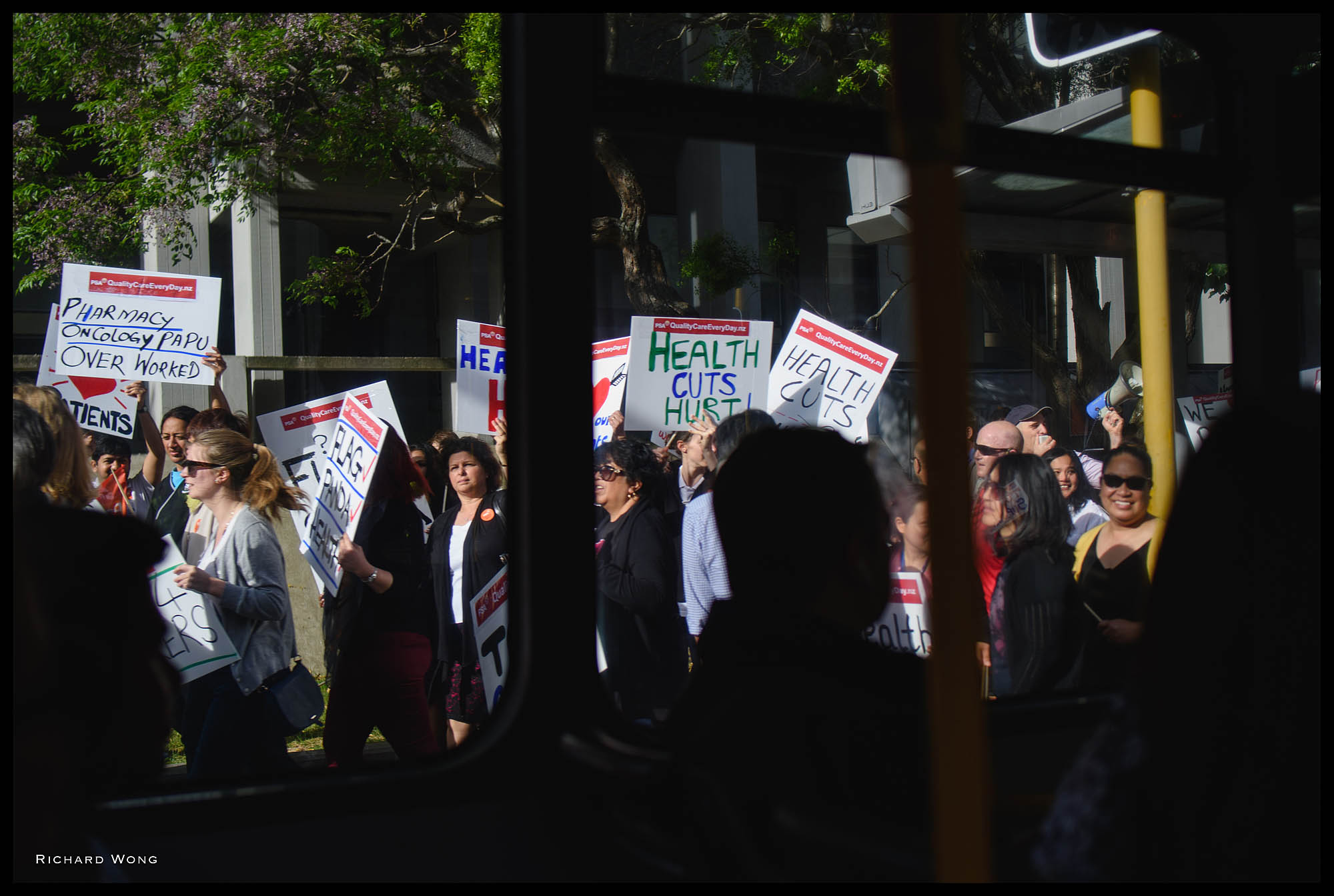 Nikon Df + Tamron SP 35mm f/1.8 VC – ISO 100 f/2.8 1/640s
Nikon Df + Tamron SP 35mm f/1.8 VC – ISO 100 f/2.8 1/640s
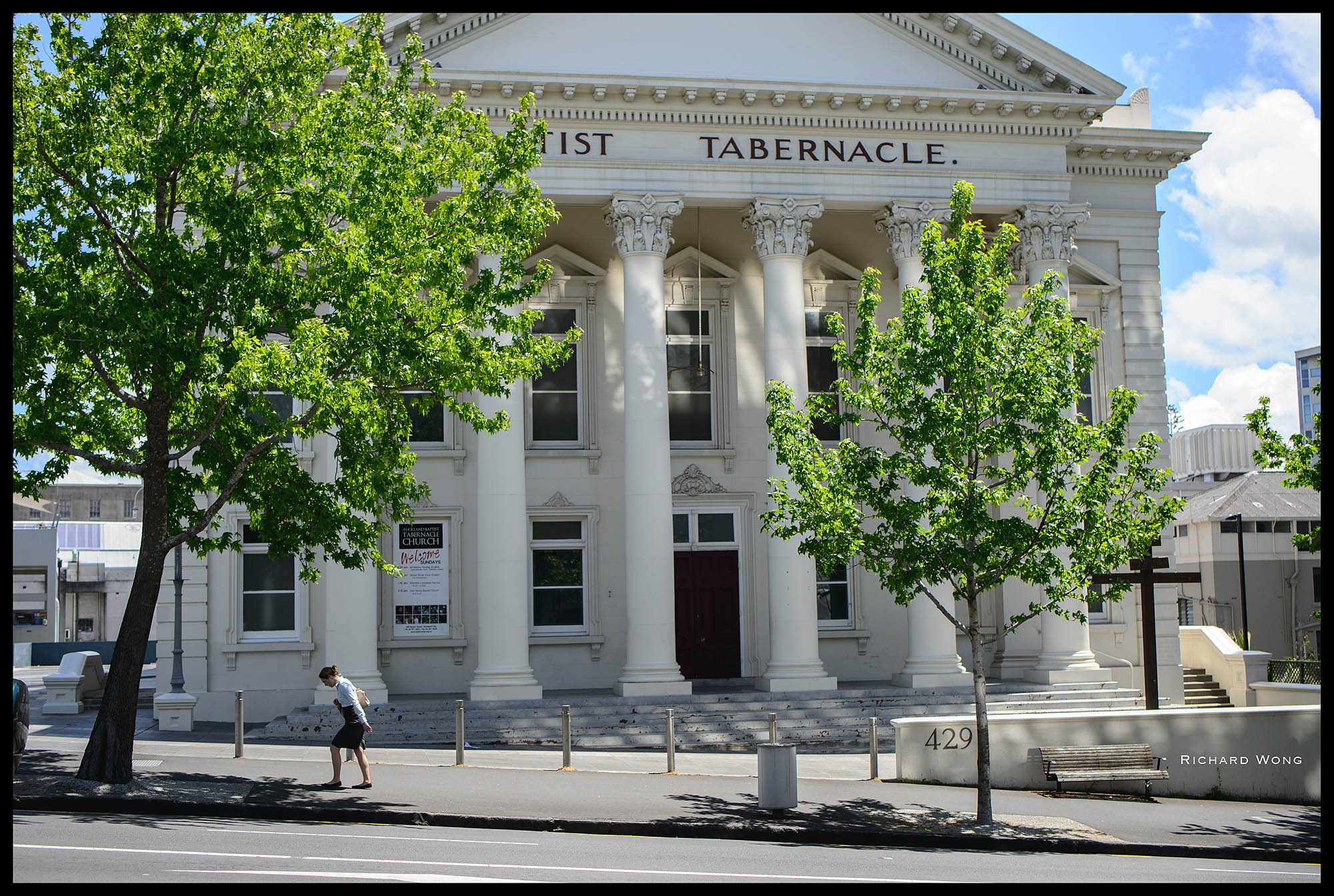 Nikon Df + Tamron SP 45mm f/1.8 VC – ISO 100 f/2.8 1/1000s
Nikon Df + Tamron SP 45mm f/1.8 VC – ISO 100 f/2.8 1/1000s
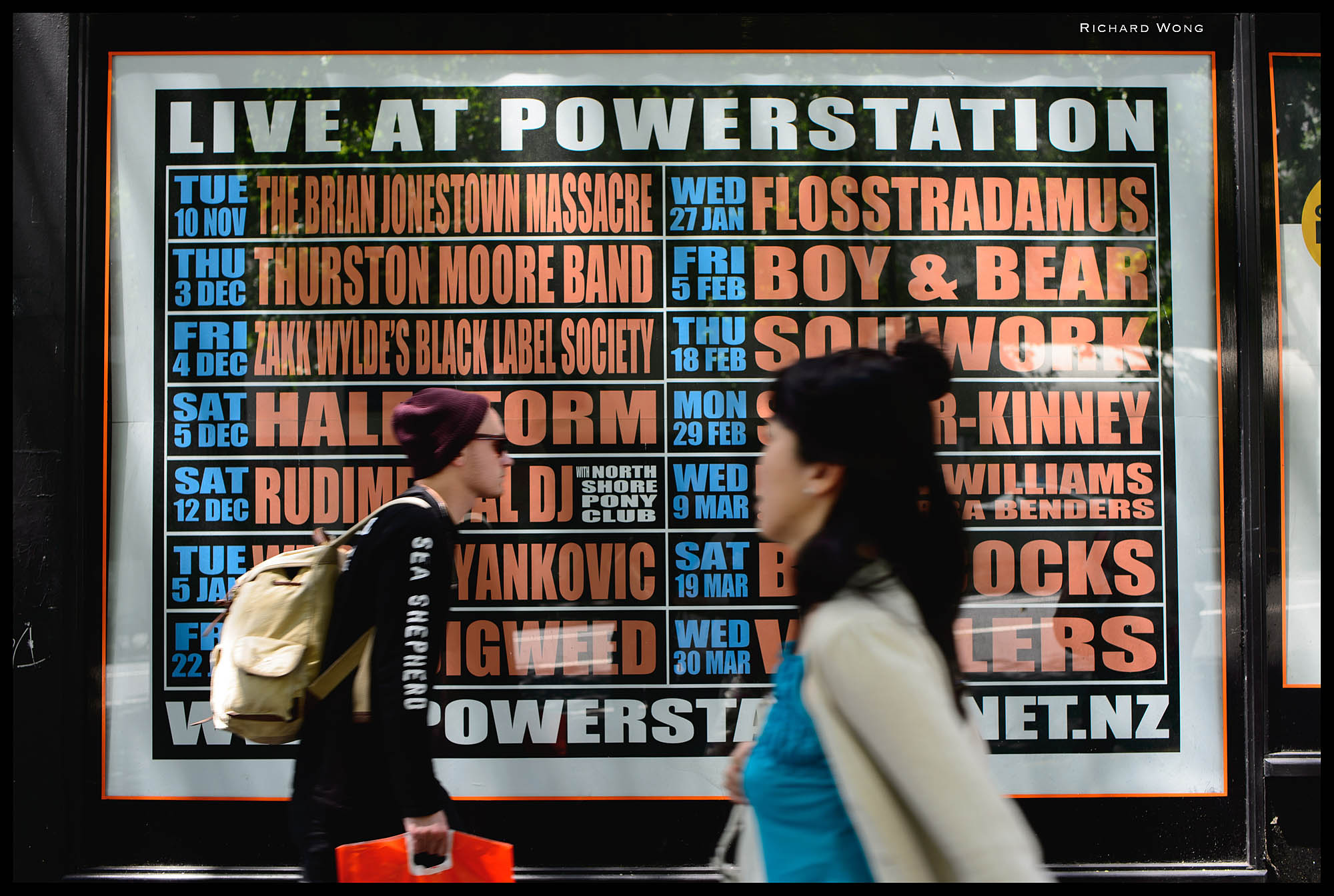 Nikon Df + Tamron SP 45mm f/1.8 VC – ISO 140 f/4 1/100s
Nikon Df + Tamron SP 45mm f/1.8 VC – ISO 140 f/4 1/100s
 Nikon Df + Tamron SP 45mm f/1.8 VC – ISO 100 f/1.8 1/4000s
Nikon Df + Tamron SP 45mm f/1.8 VC – ISO 100 f/1.8 1/4000s
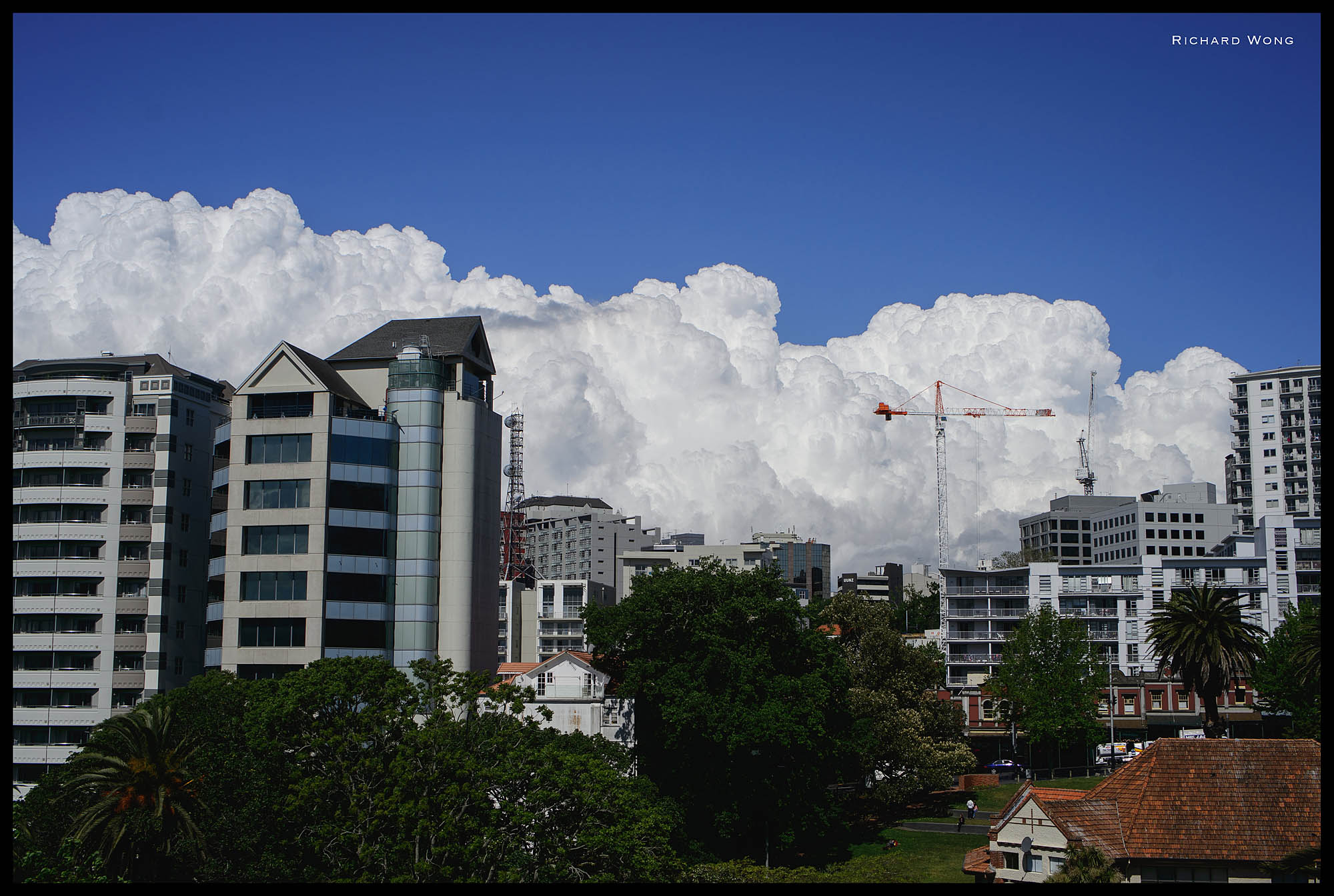 Nikon Df + Tamron SP 45mm f/1.8 VC – ISO 100 f/4.5 1/500s
Nikon Df + Tamron SP 45mm f/1.8 VC – ISO 100 f/4.5 1/500s
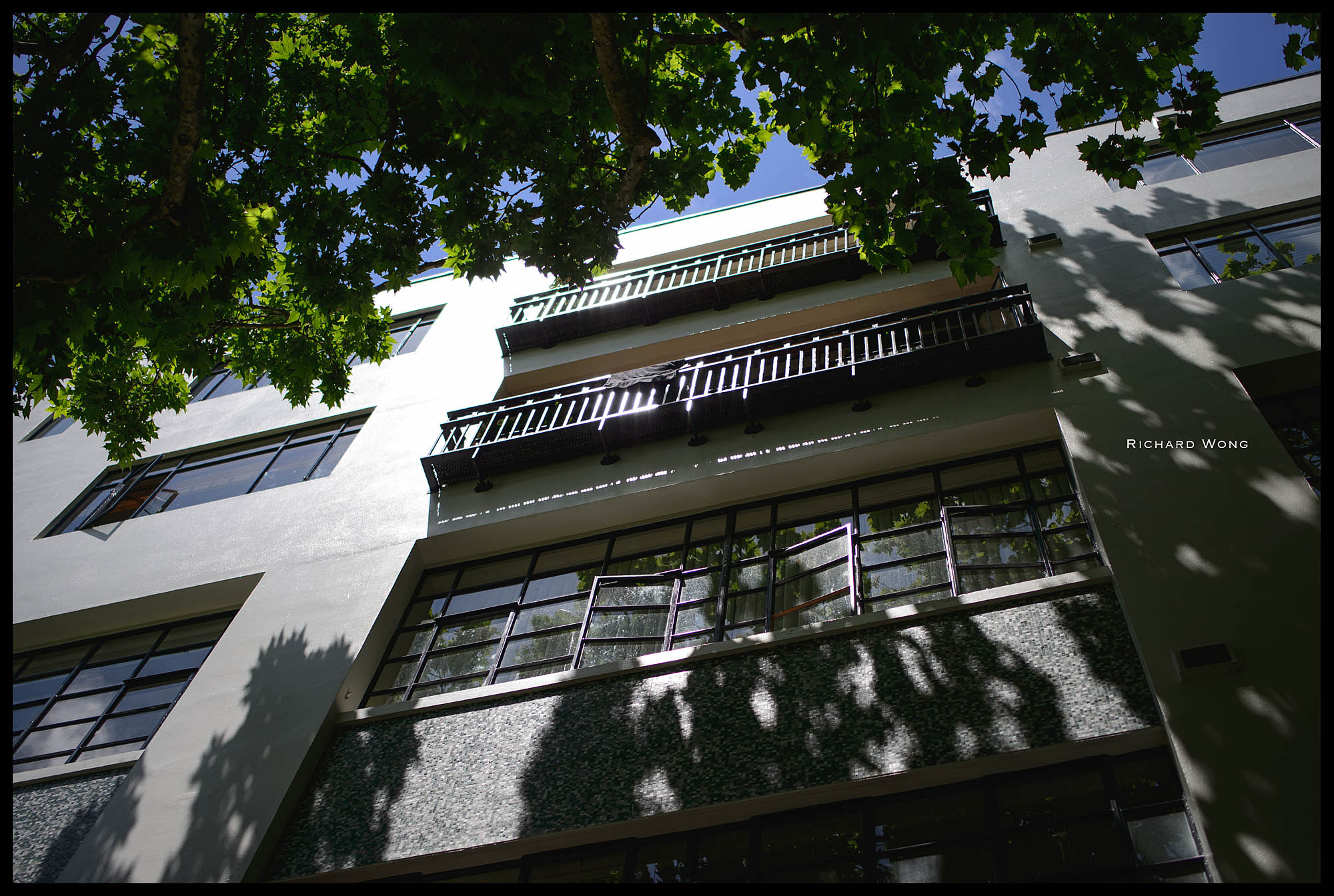 Nikon Df + Tamron SP 45mm f/1.8 VC – ISO 100 f/1/8 1/4000s
Nikon Df + Tamron SP 45mm f/1.8 VC – ISO 100 f/1/8 1/4000s
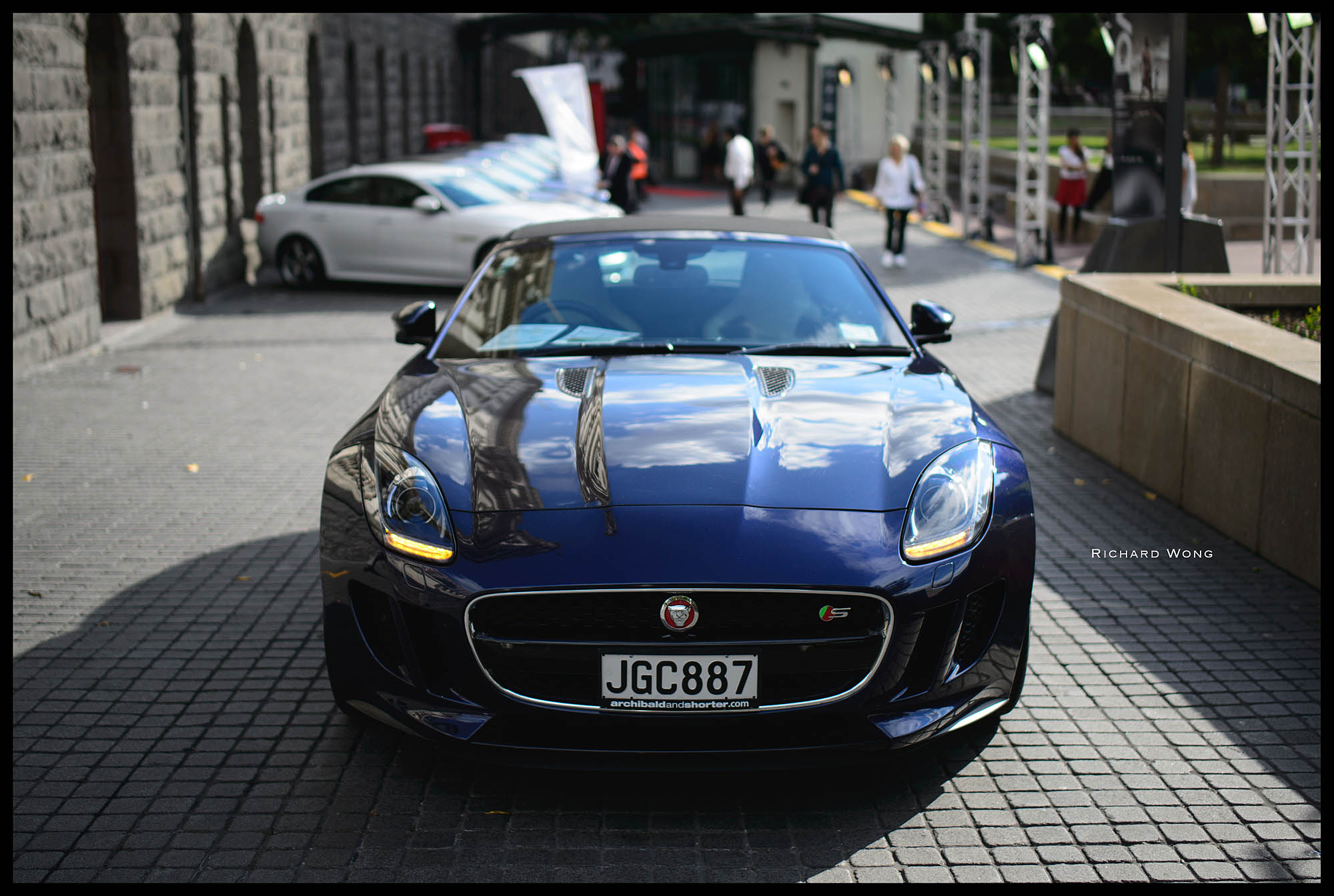 Nikon Df + Tamron SP 45mm f/1.8 VC – ISO 1o0 f/1.8 1/2000s
Nikon Df + Tamron SP 45mm f/1.8 VC – ISO 1o0 f/1.8 1/2000s
 Nikon Df + Tamron SP 45mm f/1.8 VC – ISO 100 f/2.2 1/250s
Nikon Df + Tamron SP 45mm f/1.8 VC – ISO 100 f/2.2 1/250s
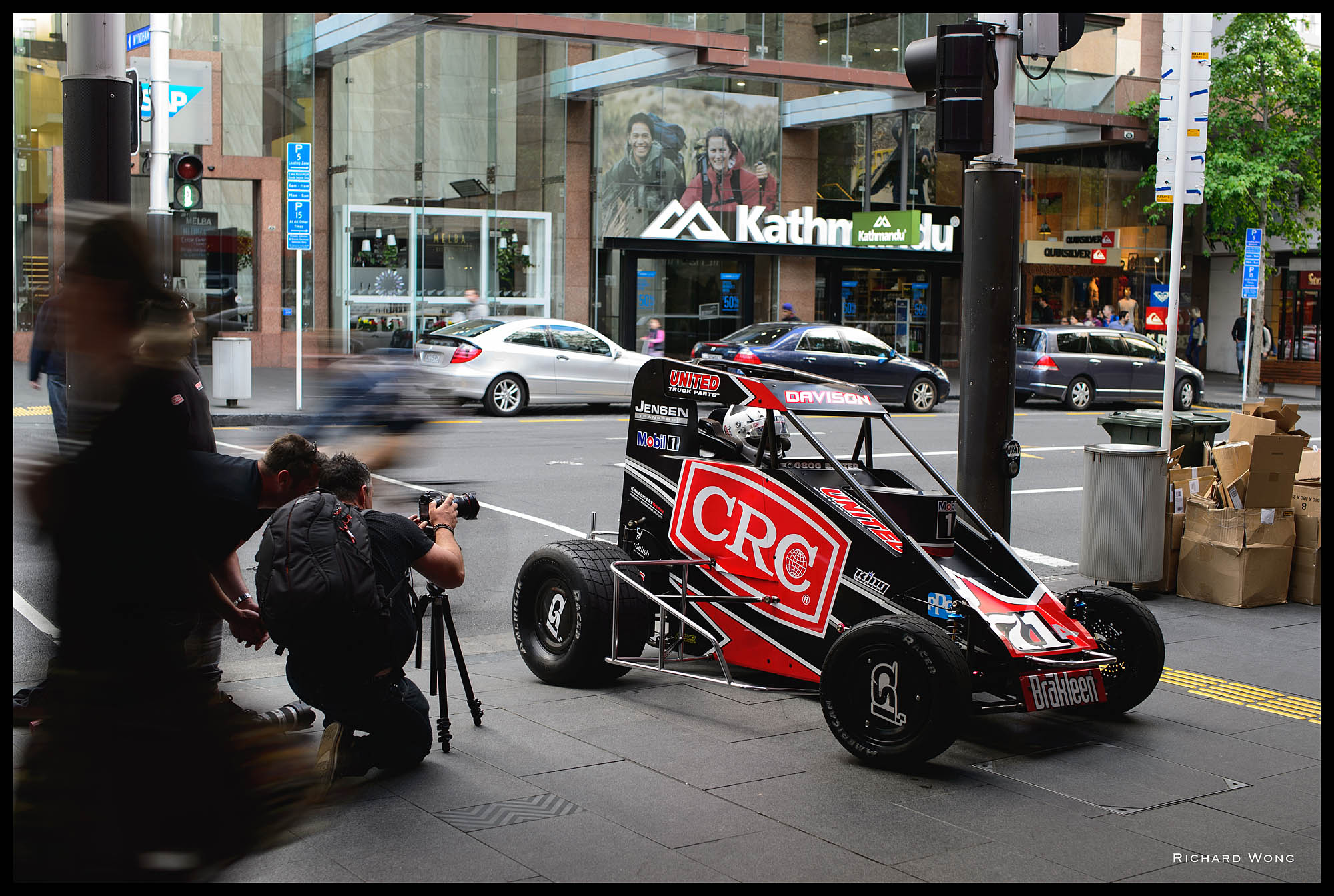 Nikon Df + Tamron SP 45mm f/1.8 VC – ISO 100 f/4.5 1/15s
Nikon Df + Tamron SP 45mm f/1.8 VC – ISO 100 f/4.5 1/15s
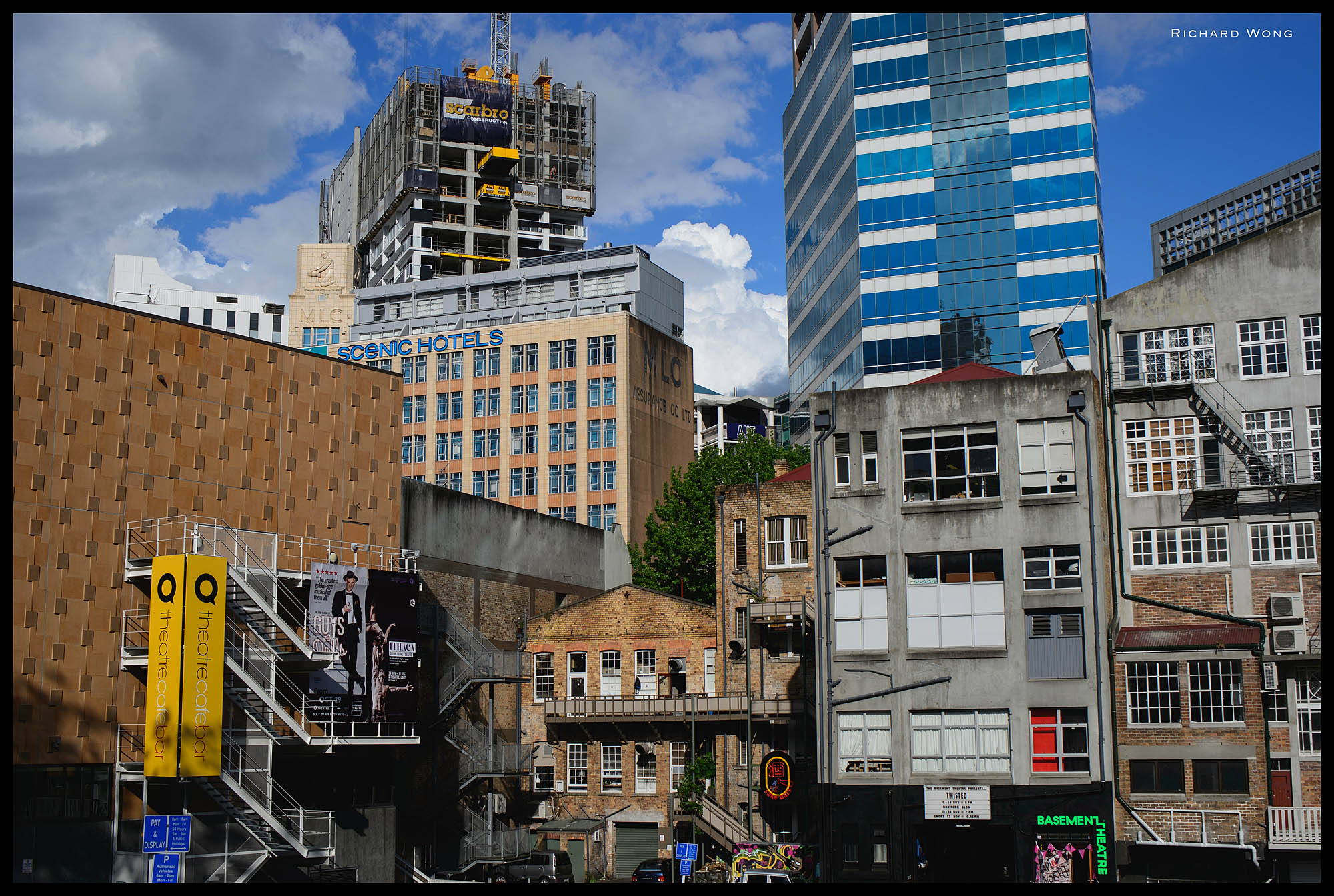 Nikon Df + Tamron SP 45mm f/1.8 VC – ISO 100 f/5.6 1/800s
Nikon Df + Tamron SP 45mm f/1.8 VC – ISO 100 f/5.6 1/800s
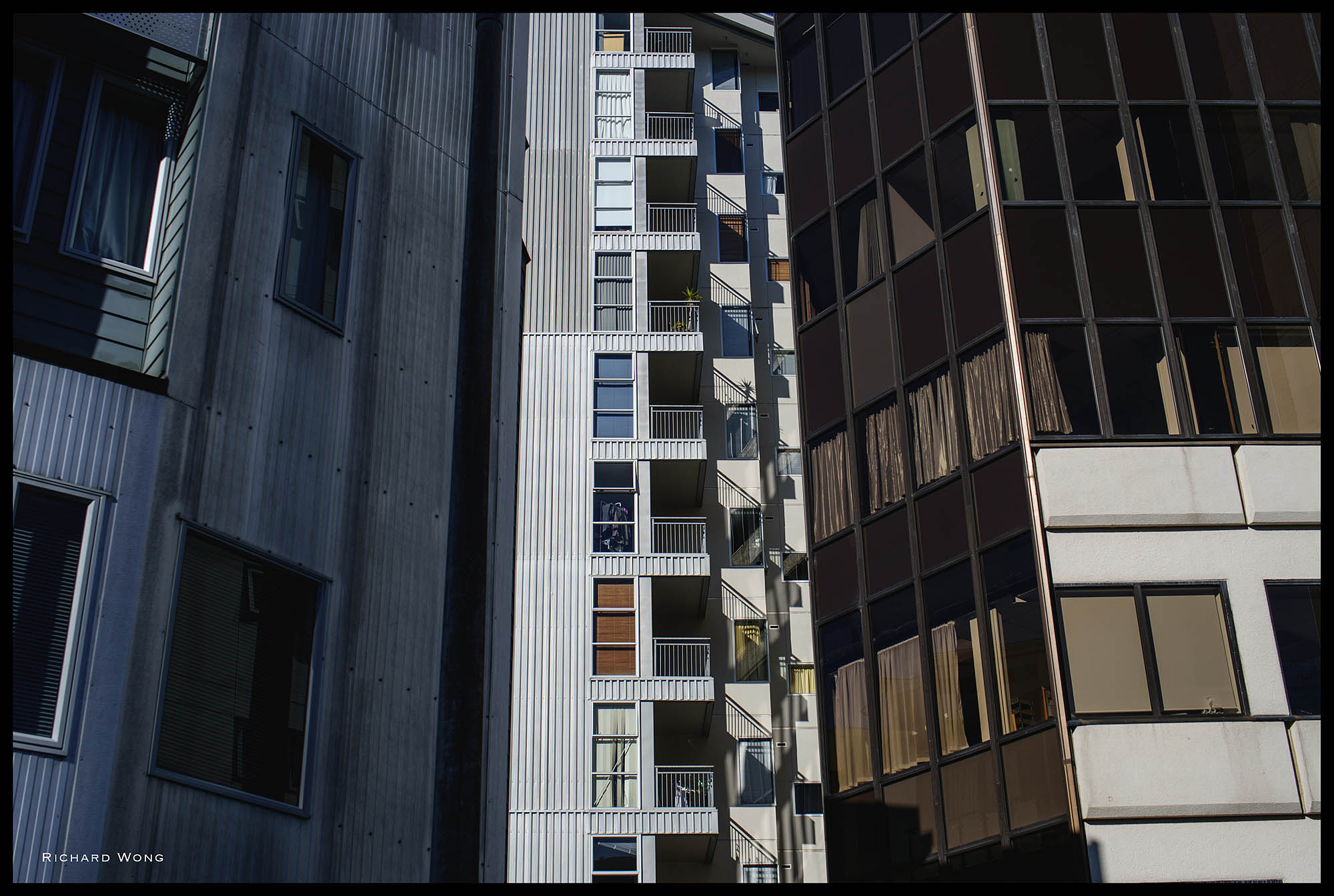 Nikon Df + Tamron SP 45mm f/1.8 VC – ISO 100 f/5.0 1/1250s
Nikon Df + Tamron SP 45mm f/1.8 VC – ISO 100 f/5.0 1/1250s
 Nikon Df + Tamron SP 45mm f/1.8 VC – ISO 100 f/1.8 1/2500s
Nikon Df + Tamron SP 45mm f/1.8 VC – ISO 100 f/1.8 1/2500s
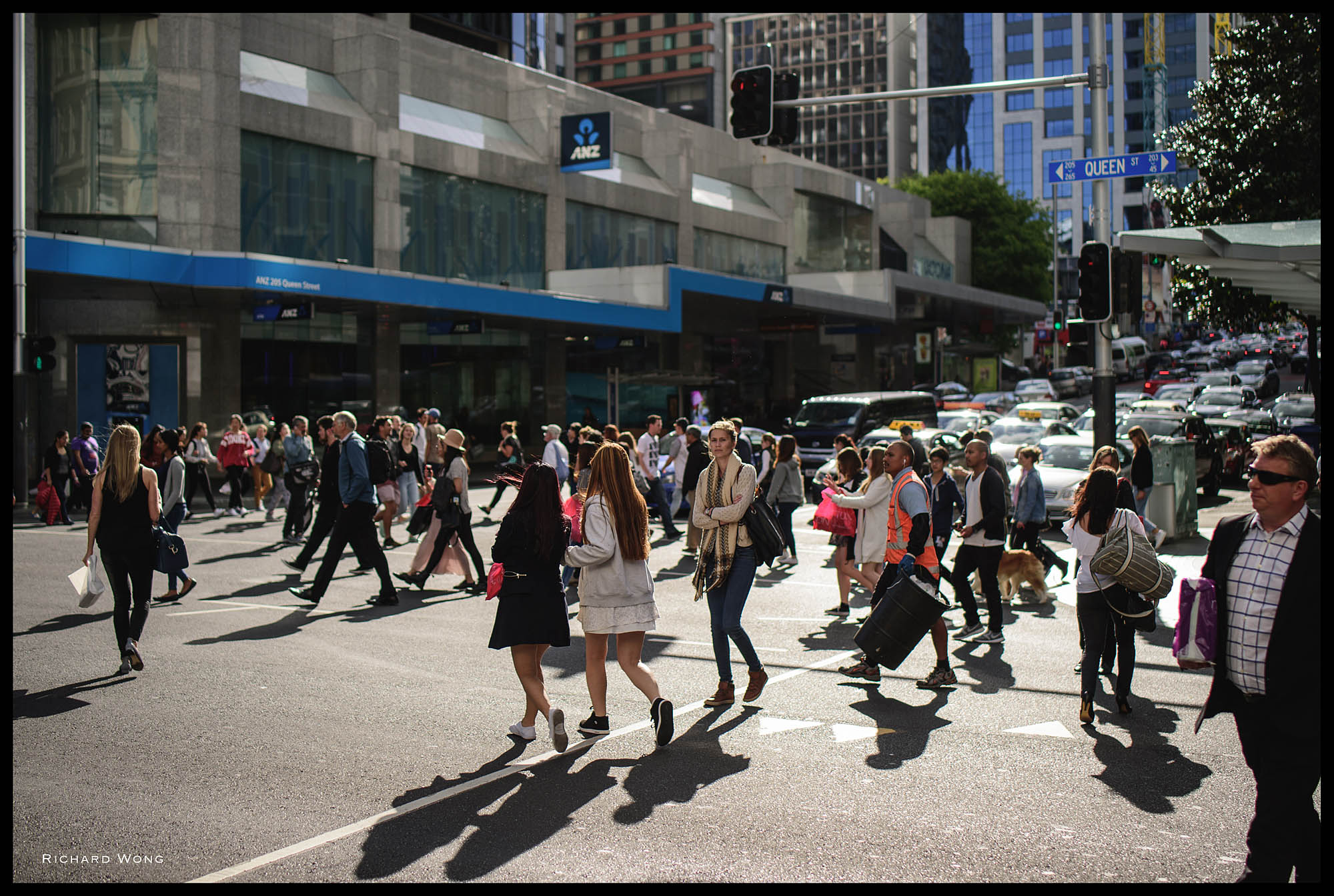 Nikon Df + Tamron SP 45mm f/1.8 VC – ISO 100 f/2.2 1/2500 s
Nikon Df + Tamron SP 45mm f/1.8 VC – ISO 100 f/2.2 1/2500 s
